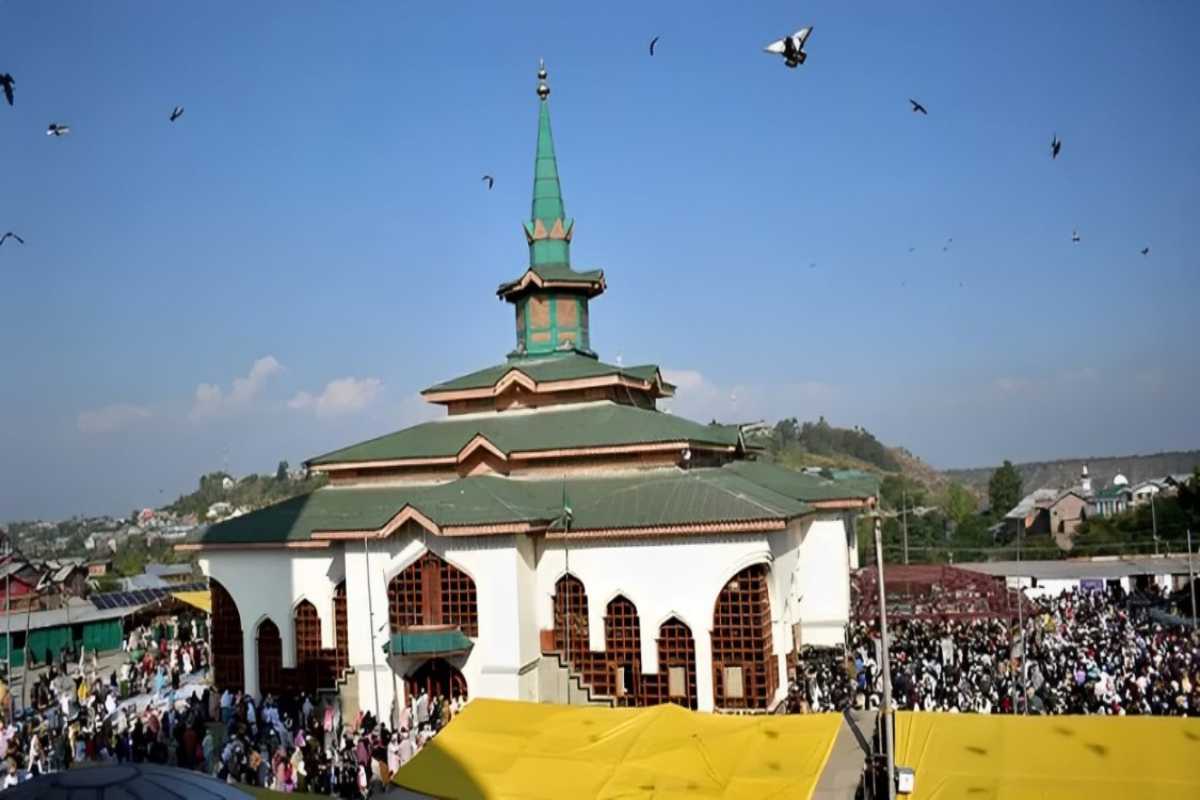Prof. Farooq Fayaz Bhat, a historian, explains that over 80 percent of Kashmiris live in villages and work in agriculture. Therefore, it makes sense to celebrate the Urs of Sheikh Nooruddin Wali, the founder of the Rishi cult and the Patron saint of Kashmir, in a way that reflects his teachings for the common people, not just the elite. The Urs was celebrated last week, instead of on the date of his death, to align with the time when farmers finish their harvest and can visit the shrine.
Sheikh Nooruddin Wali’s Teachings
Sheikh Nooruddin Wali, also known as Sheikh-ul-Aalam, based his teachings on the Quran and the Sunnah. He connected with the uneducated masses and lived a simple life, avoiding luxury. In contrast, the educated elite spoke Sanskrit and Persian, while the common people spoke their mother tongue. The rural population worked hard for most of the year but only had enough food for three to four months. October marks the end of the harvest season, giving them time to participate in the Urs celebrations.
The Tradition of the Urs
For the last sixty years, the Urs of Sheikh Nooruddin Wali has been celebrated in October, coinciding with the 26th day of the Islamic month. The saint, who lived from 1377 to 1440 AD, is honoured as Alamdar-e-Kashmir and Nund Rishi. The Urs includes special prayers and rituals, starting with the “Gilafbandi,” where sacred cloth is changed on the graves of the saint and his followers. The date was moved to October to avoid harsh winter conditions, a decision made after many devotees faced difficulties in the past. October is now chosen for its pleasant weather, allowing farmers to join the celebrations.
For detailed story, please visit: Awaz the voice
Also Read: Padma Shri Awardee Dr. Shyam Sundar Paliwal Transforming Rural India Through Piplantri Model
You can connect with DNN24 on Facebook, Twitter, and Instagram and subscribe to our YouTube channel.

